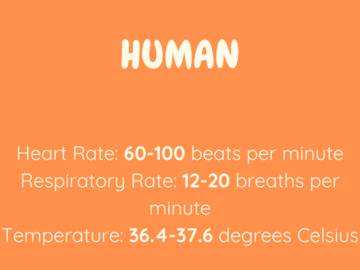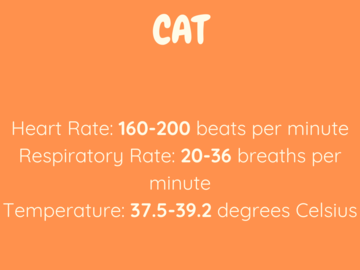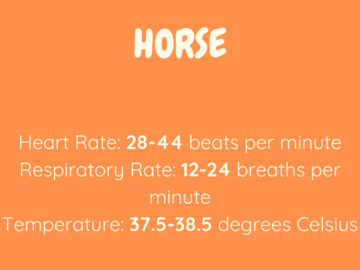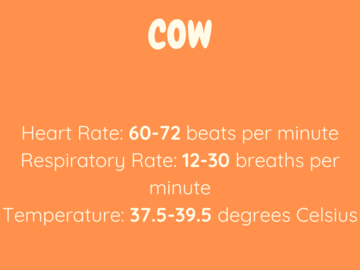
Using a Stethoscope

Using a Stethoscope
For the following stethoscope activity, you will need to use the stethoscope from your swag bag! Look at the image to the right to see what the box the stethoscope is in looks like. The stethoscope will require some assembly, but it is straight forward. Please reach out to us if you have any issues!
We hope you enjoy using your stethoscope!
Using a Stethoscope
Many of our videos teach you how to use a stethoscope and take a pulse on an animal. A really interesting way to learn is to actually do this on yourself, especially if you do not have a friendly pet at home! Learn how to use a stethoscope in the video below!

How to use a Stethoscope
Place your stethoscope on your chest and listen to your heart beat. Count the number of times that your heart beats in 60 seconds, that is your heart rate. Try listening to your heart beat and feeling your pulse at the same time. Do they match?
Now try running around or doing jumping jacks for a couple minutes. Now retake your heart rate. Did it change?
Try lying down and listening to your heart rate, now keep listening while your stand up. Did you hear a difference?
What Does a Heartbeat and Lung Sounds Sound Like?
A normal heart makes two important sounds: lub and dub. These sounds might also be respectively called S1 and S2. The sounds we hear are the different valves closing inside of the heart. If the valves aren't closing correctly, this can indicate a problem. A heart rate is how many times a heart beats in 60 seconds. We don't always have to listen to 60 seconds of heartbeats because we can use math to figure out how many beats would be in a minute. First, we listen to the heart for about 15 seconds (1/4th of a minute). Let's say we heard the heart beat 20 times. We could multiply 20 x 4 to get a heart rate of 80 beats for minute. It is always important to listen to the heart during a physical exam. In the video you can listen to 2 examples of normal heart beats and test yourself to see how accurate you are at getting a heart rate!
Normal lung sounds consist of sounds made from breathing in (inspiration) and breathing out (expiration). We do not get breathing or respiratory rates from listening to the lungs but rather from looking at the movement of an animals flank (side) moving up and down when they are breathing and counting the number of breaths. We listen to the lungs to try and find normal lung sounds or any abnormal lung sounds. Normal lung sounds can often sound like a breeze moving through the air but they are typically not very loud, and sometimes we don't hear them very well when listening to an animals lungs during a physical exam. It is important to know what normal lung sounds sound like so we can tell when there is an abnormal sound. Abnormal sounds could be wheezes, which sound like someone stepping on crunchy snow, or crackles, which sound like popcorn popping. These sounds alert us and tell us that there is something abnormal happening with the lungs. In the video you can listen to an example of normal lung sounds!
What is a Heart Murmur and Arrhythmia?
A heart murmur is an abnormal sound made by the heart that usually sounds like a "swoosh." This sound might indicate that blood is moving abnormally in or around the organ. We can categorize heart murmurs by where we think they're occurring and by the severity of the murmur. Based on location, we can call a murmur diastolic, systolic, or continuous. Based on severity, we can call a murmur Grade 1, 2, 3, 4, 5, or 6. A Grade 1 murmur would be so quiet that you might not be able to hear it. A Grade 6 murmur would be so loud that you may be able to hear it without a stethoscope.
An arrhythmia is an abnormal heart rhythm or irregular heart beat. They can cause the heart to beat faster or slower than normal or make the time between each heart beat different. Most arrhythmias are harmless, but some can be more severe and life threatening.
Normal Vitals
When we talk about vitals, we are referring to a patient's heart rate, respiratory rate, and temperature. These numbers can tell us a bit about how stable a patient is. Differences in vitals can exist based on the size and age of the animal, as well as based on their fitness level. Click through the gallery to see what is normal for each animal.






